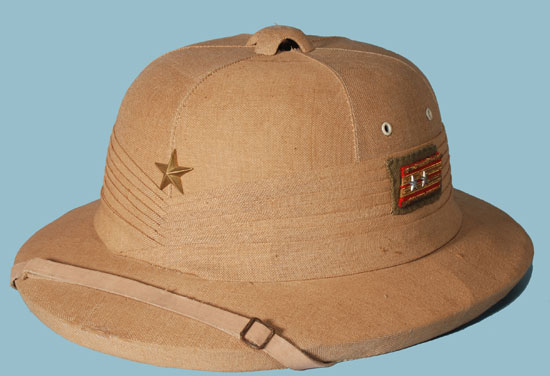 One of the great misconceptions of Japanese tropical headgear of the Second World War is that the pattern known to collectors as “English,” “safari” or “European” was in fact produced outside of Japan. This is likely based on the fact that the helmets are similar in shape externally to the various Indian pattern helmets but also because the maker labels inside are in English.
One of the great misconceptions of Japanese tropical headgear of the Second World War is that the pattern known to collectors as “English,” “safari” or “European” was in fact produced outside of Japan. This is likely based on the fact that the helmets are similar in shape externally to the various Indian pattern helmets but also because the maker labels inside are in English.
However, it is widely accepted that these helmets were in fact produced in Japan – and likely before the war began. The helmets are unique in that these are made of both pith and cork, which this author previously noted are two entirely different materials.
It is likely that the Japanese hat makers imported cork from Portugal, which in itself might not be that odd given that in the 1930s the Japanese produced an export steel combat helmet that was tested by the Portuguese. While it wasn’t adopted that pattern likely inspired the design of the Model 1940 Portuguese steel helmet.
Either to stretch out the supply of the cork or to design a helmet with a thicker brim the Japanese sun helmets utilized sola pith as well a newspaper in the helmets’ construction. Thus this most unique pattern incorporated elements of both European sun helmets and those of India and the Far East.
The Japanese hat makers likely didn’t produce these helmets for military contracts, and this could in part suggest why the pattern was changed to the other notable Japanese sun helmet that replicates the look of the Type 90 steel helmet. Instead these helmets were likely for private purchase and civilian use. As noted previously these helmets were also apparently sold with a storage/travel hat box – and likely few of these actually survived.
These helmets were made by a number of firms, which was indicated by the labels. To date this author has found that there were several firms and most had animal monikers. These included: Elephant, Swan, Hare and Dragonfly – the latter being hardly ever encountered. In addition this author has encountered one additional label for the “Peace & Co Brand” – a most unusual one to say the least!
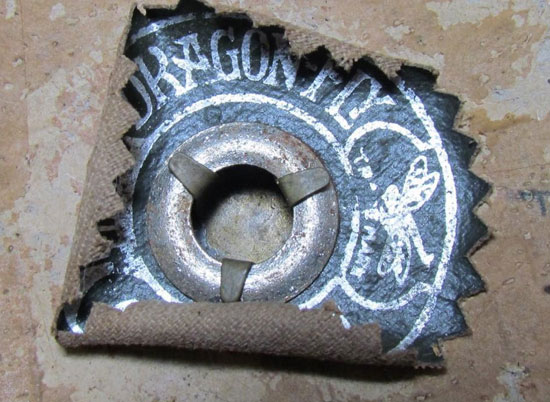
The rarely encountered “Dragonfly Brand” (Private Collection)
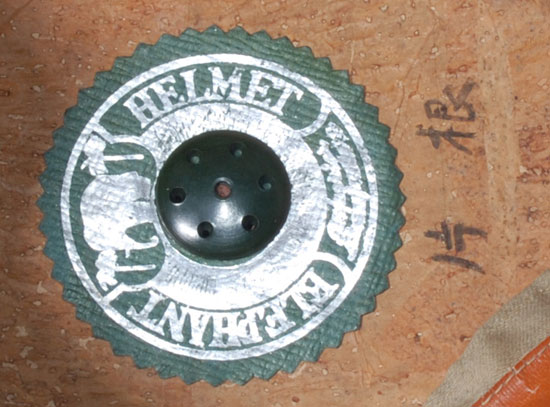
The Elephant Brand label (Collection of Jareth Holub)
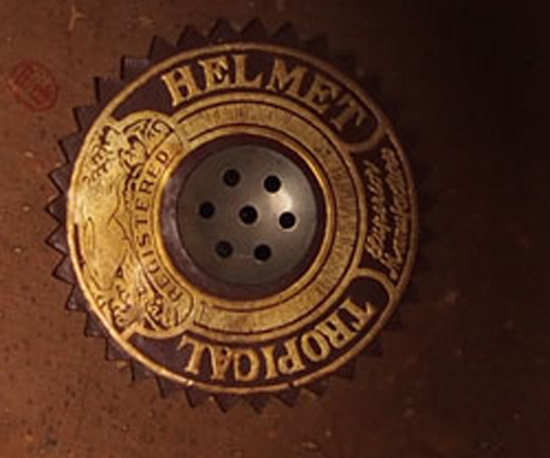
The Hare Brand with dark reddish brown label (Collection of the Author)
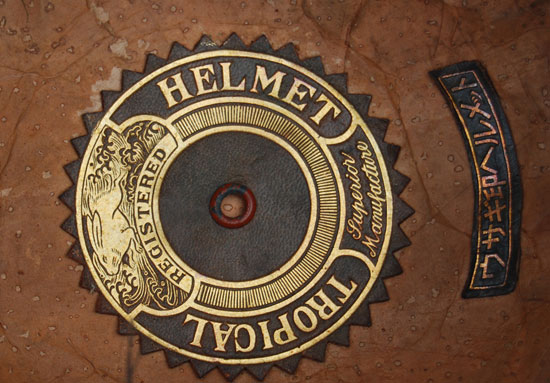
A dark green version of the Hare Brand Label (Collection of the Author)
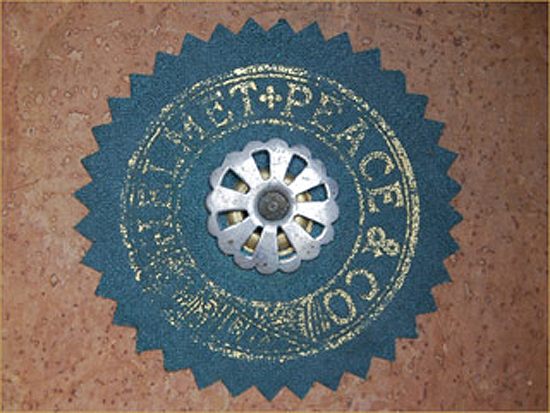
The rarely seen Peace & Co Brand label (Collection of the Author)
In addition to the printed labels that appeared on the inside of the vent at the dome of the helmet some makers embossed the brand on the leather liner as well. It is unclear whether only certain makers did this and why.
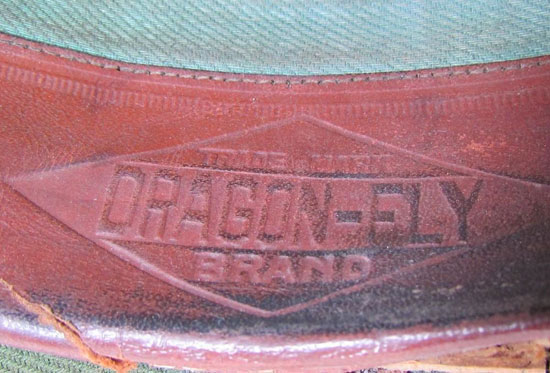
The Dragon-Fly Brand logo with “Trade Mark” embossed on the leather headband (Private Collection)
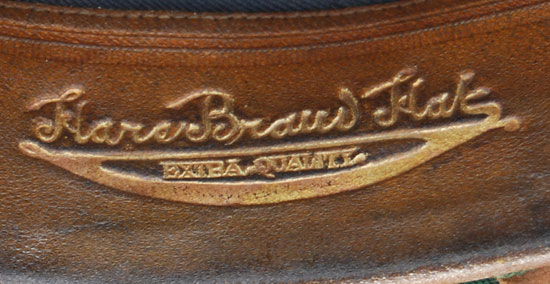
The Hare Brand Hats logo noting “Extra Quality” embossed on the leather headband (Collection of the Author)
Little documentation has surfaced in the years since the Second World War to explain where these firms were located or exactly how late these helmets were produced. However, given that the Japanese geared up for war throughout the 1930s it is likely these European style helmets ceased to be produced shortly after the 1937 invasion of China and the start of the Second Sino-Japanese War.
This author’s theory is that the Japanese began to downplay the role of these more European styled helmets in favor of the Type 90 pattern, despite the fact that even that pattern lacked a uniform design.

